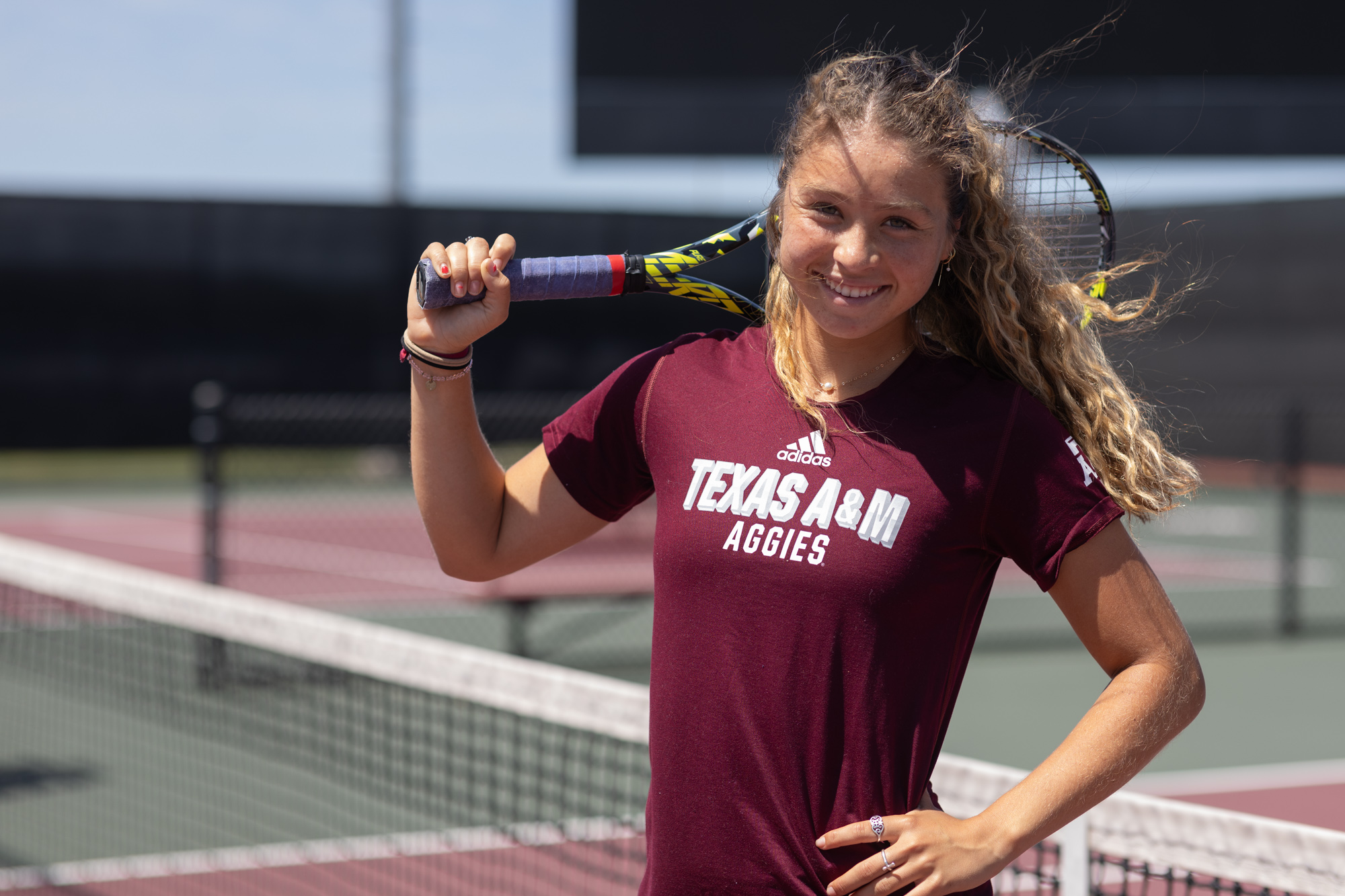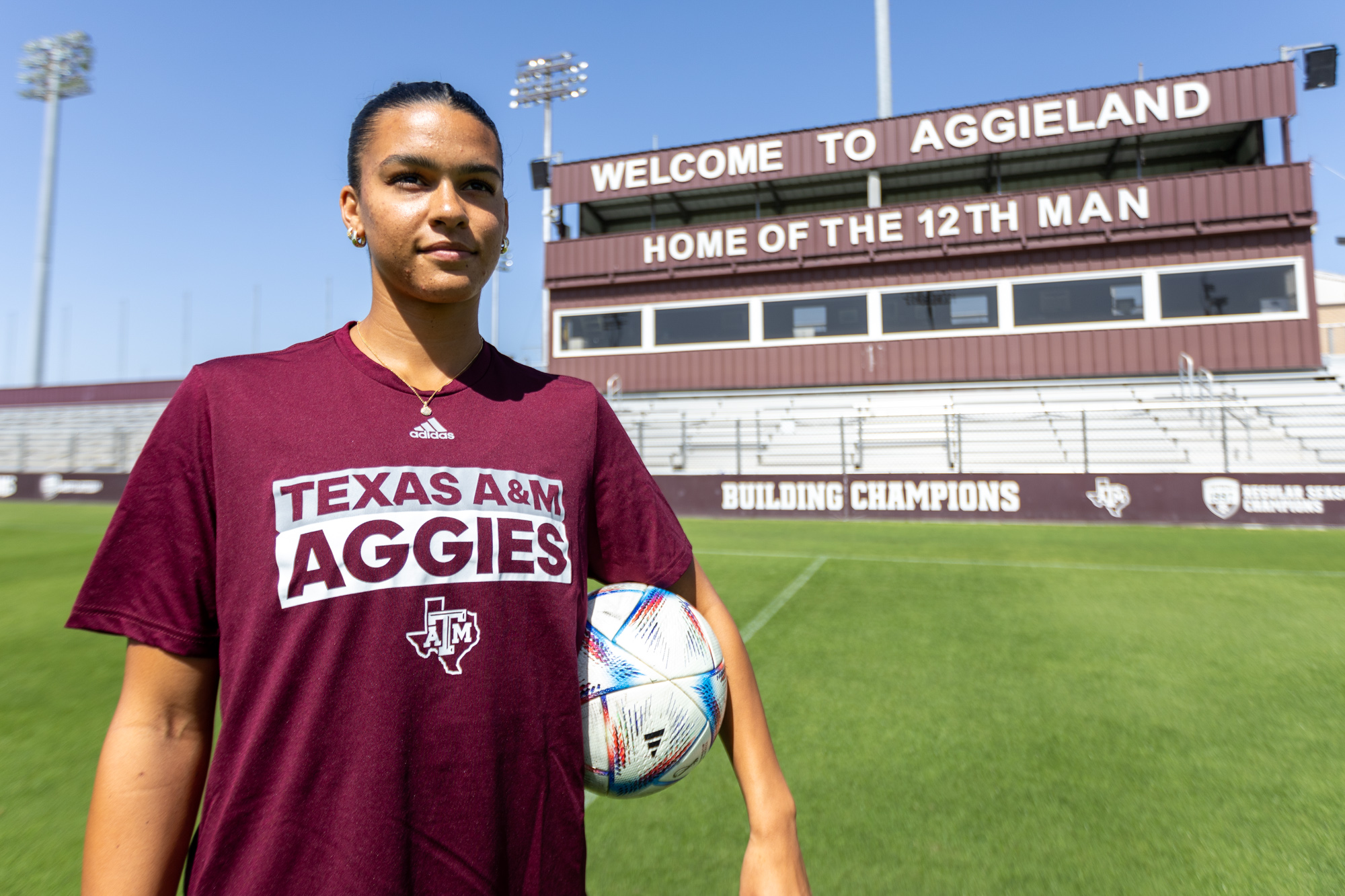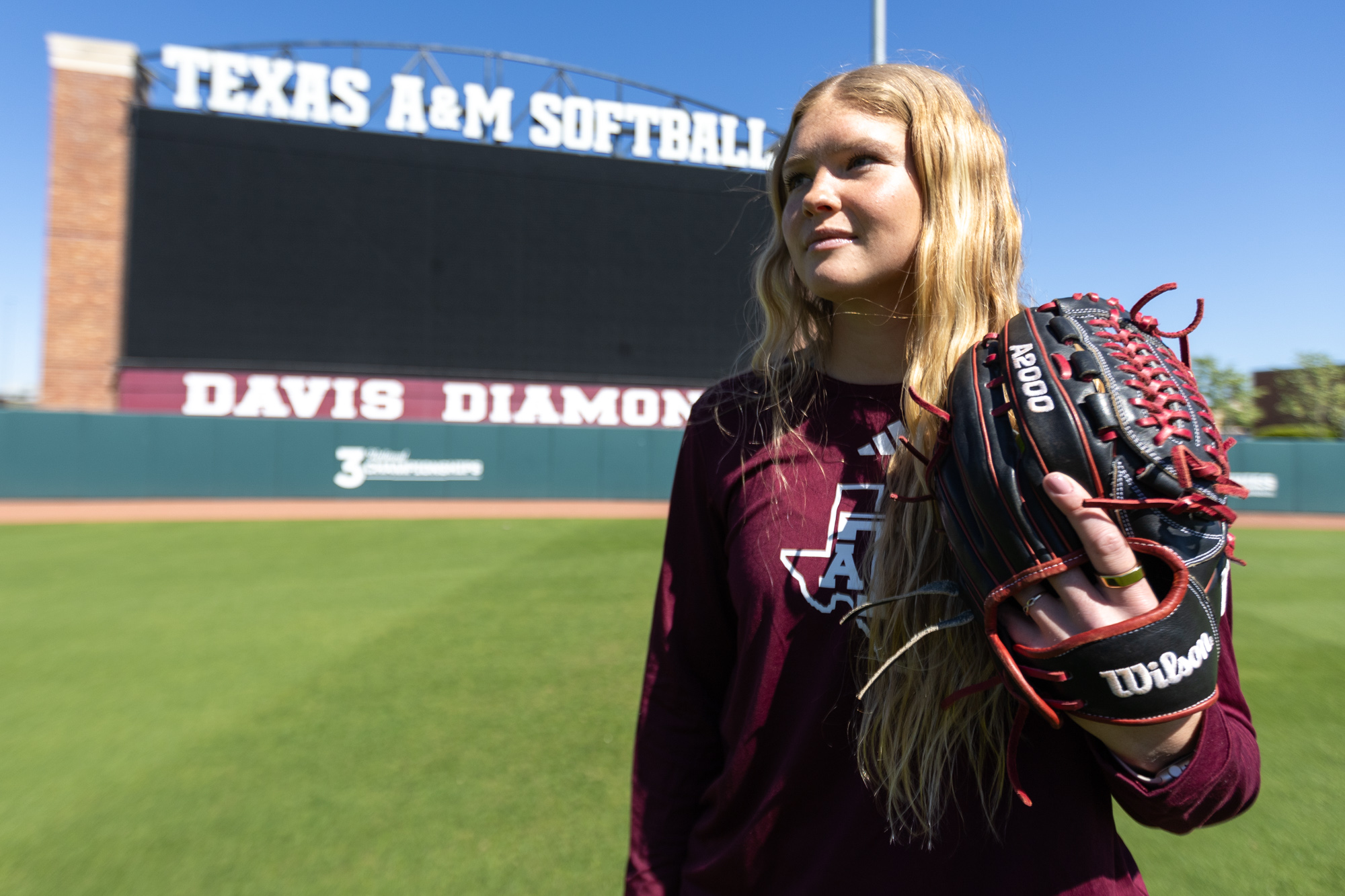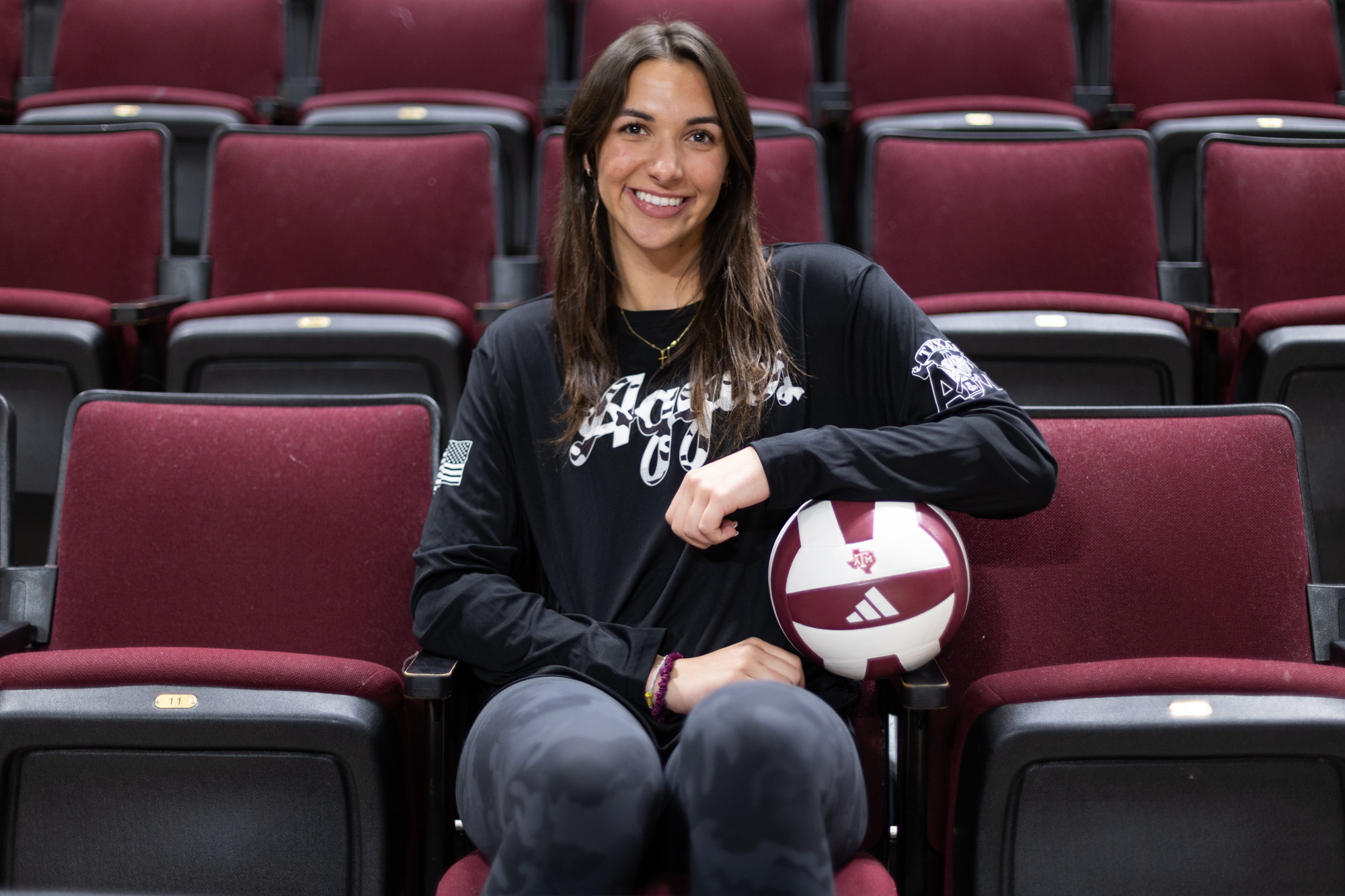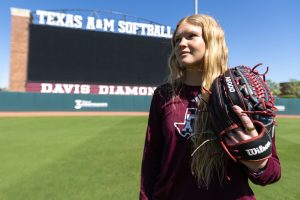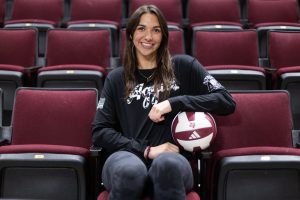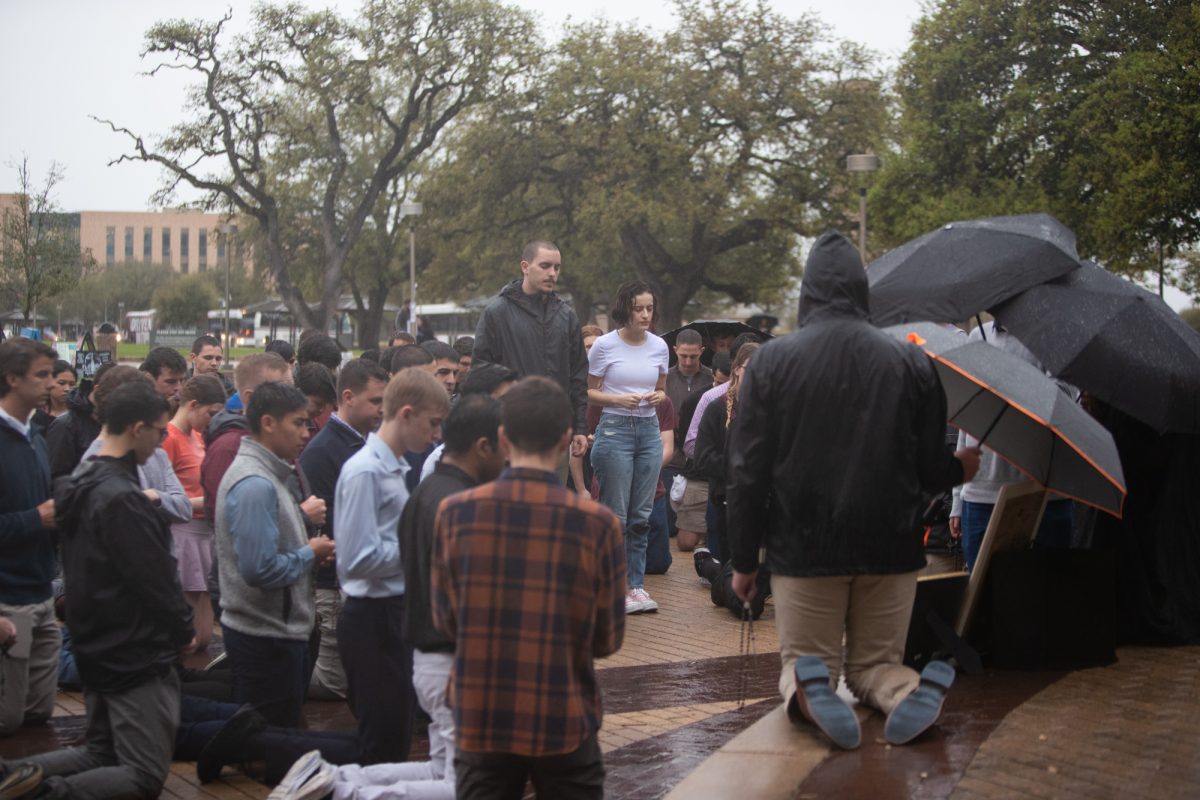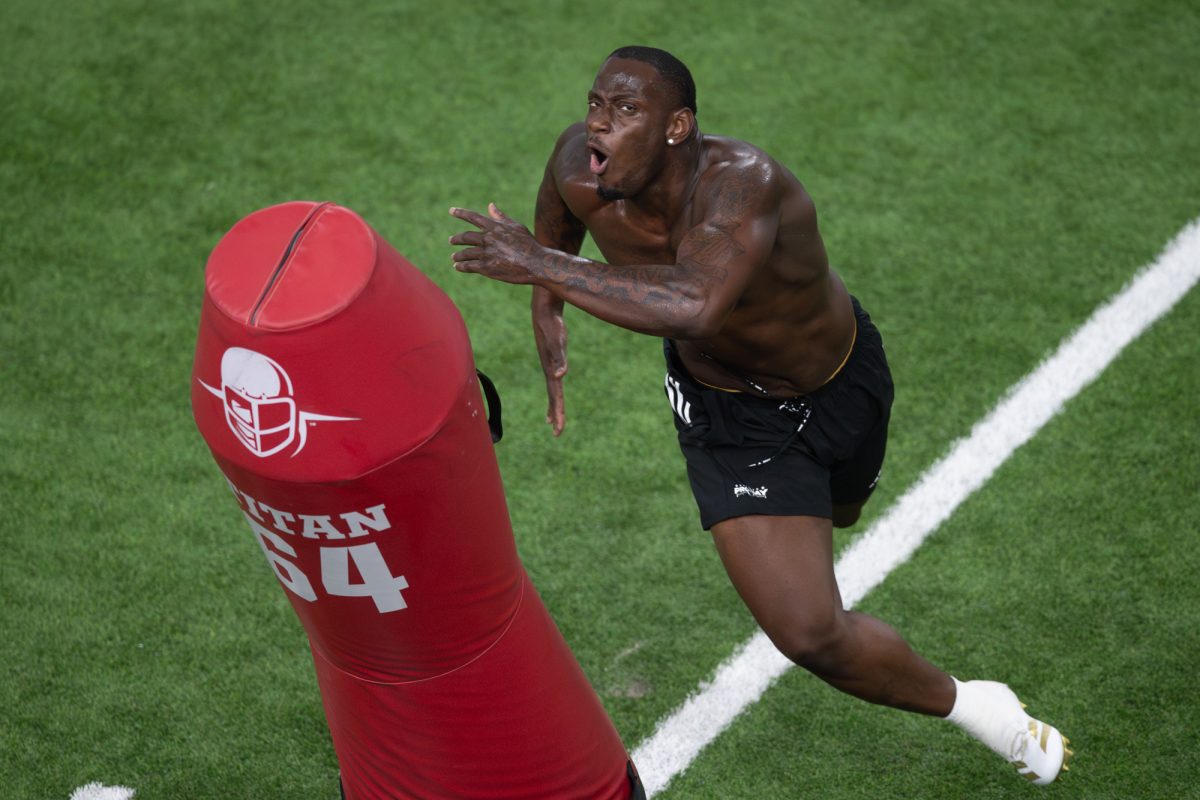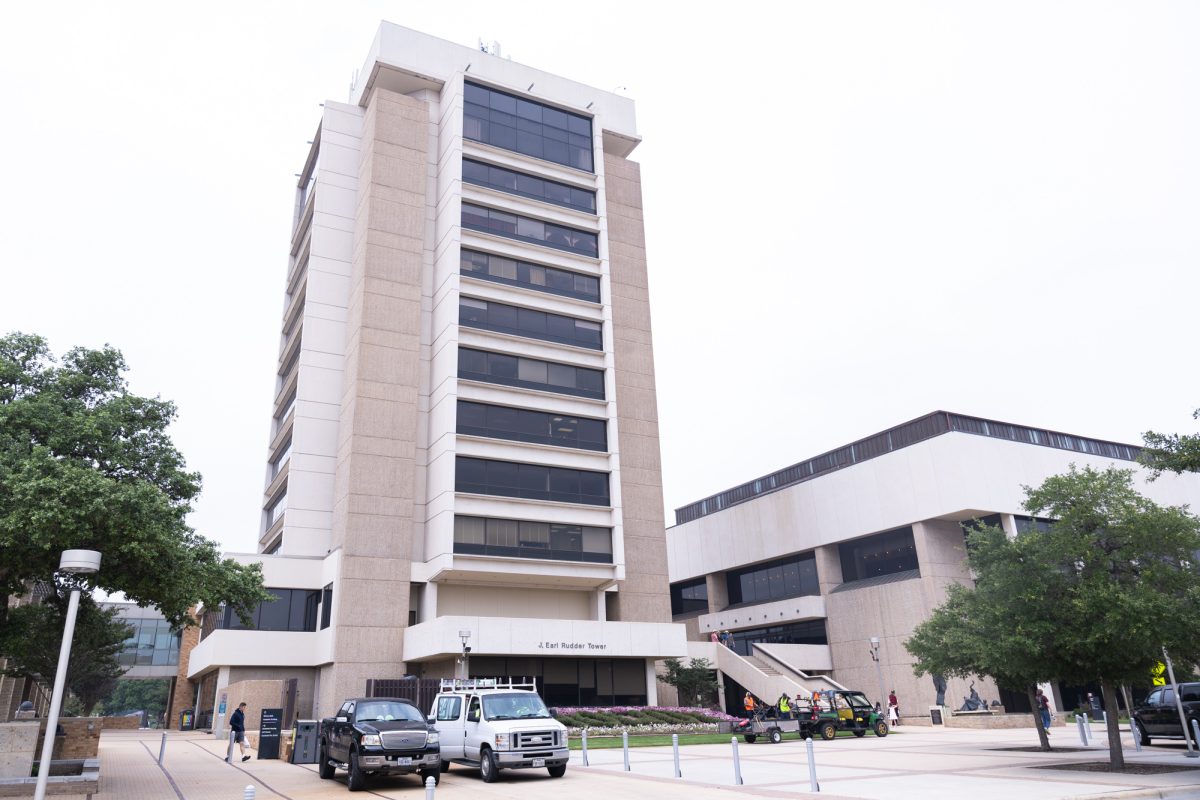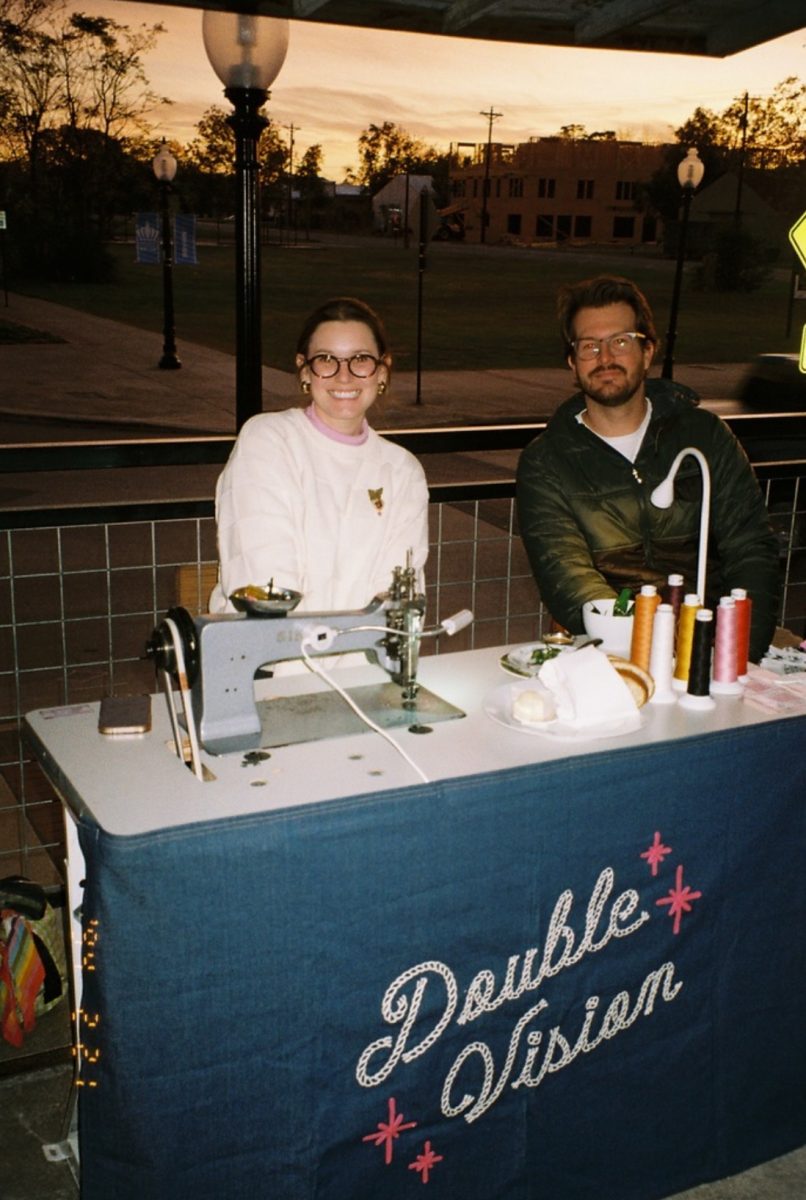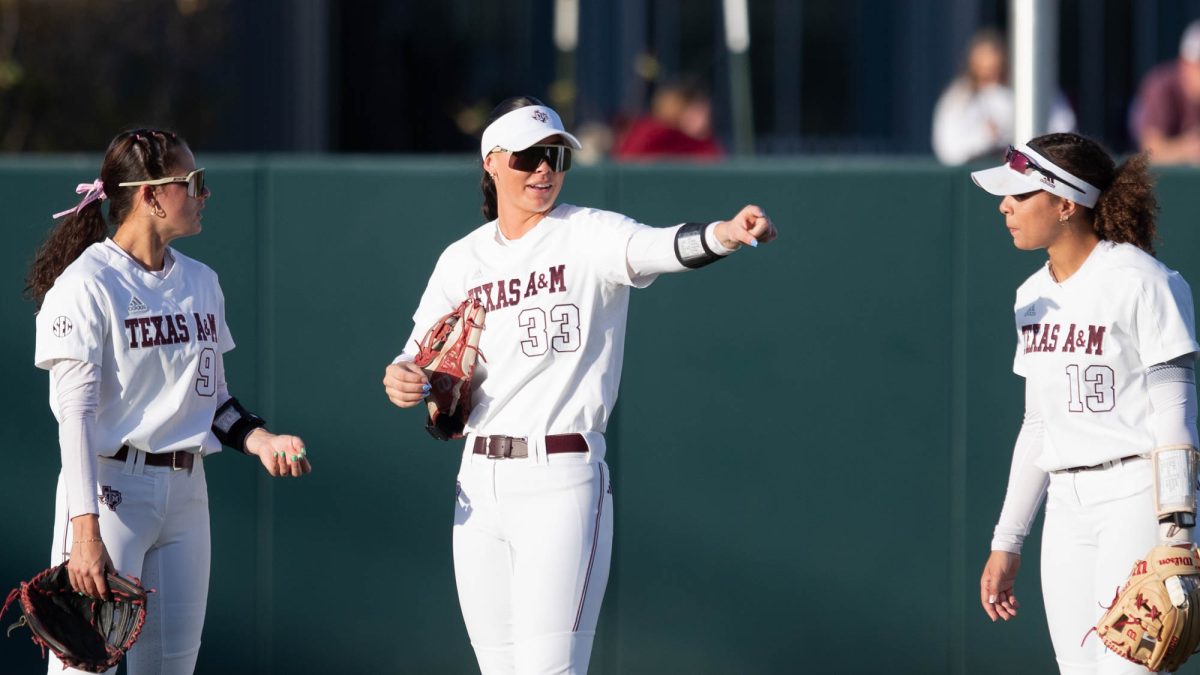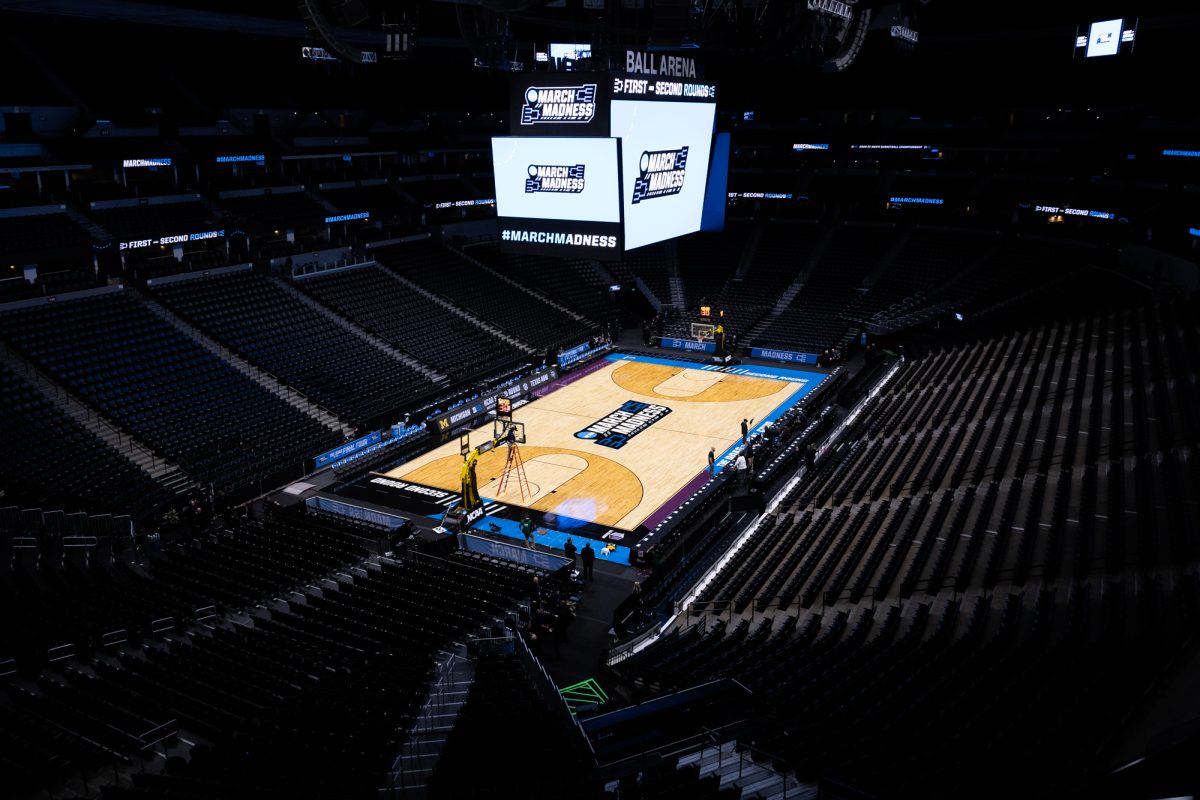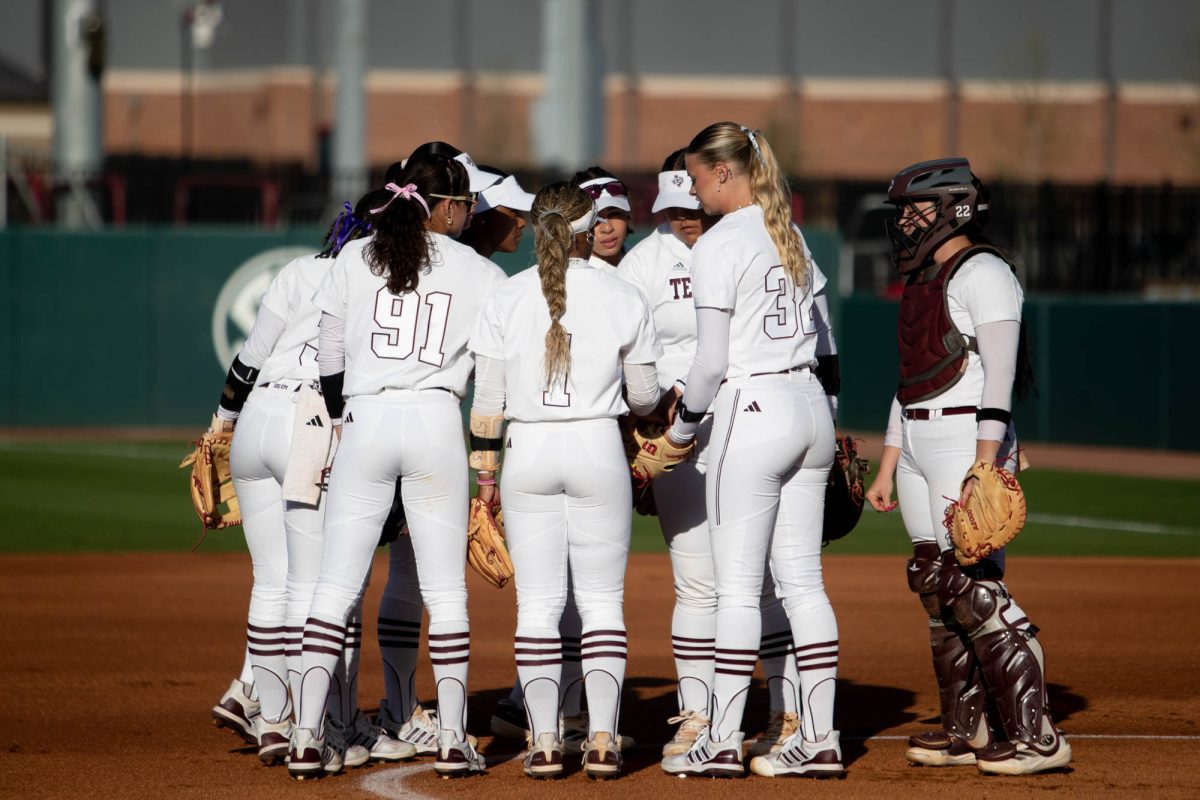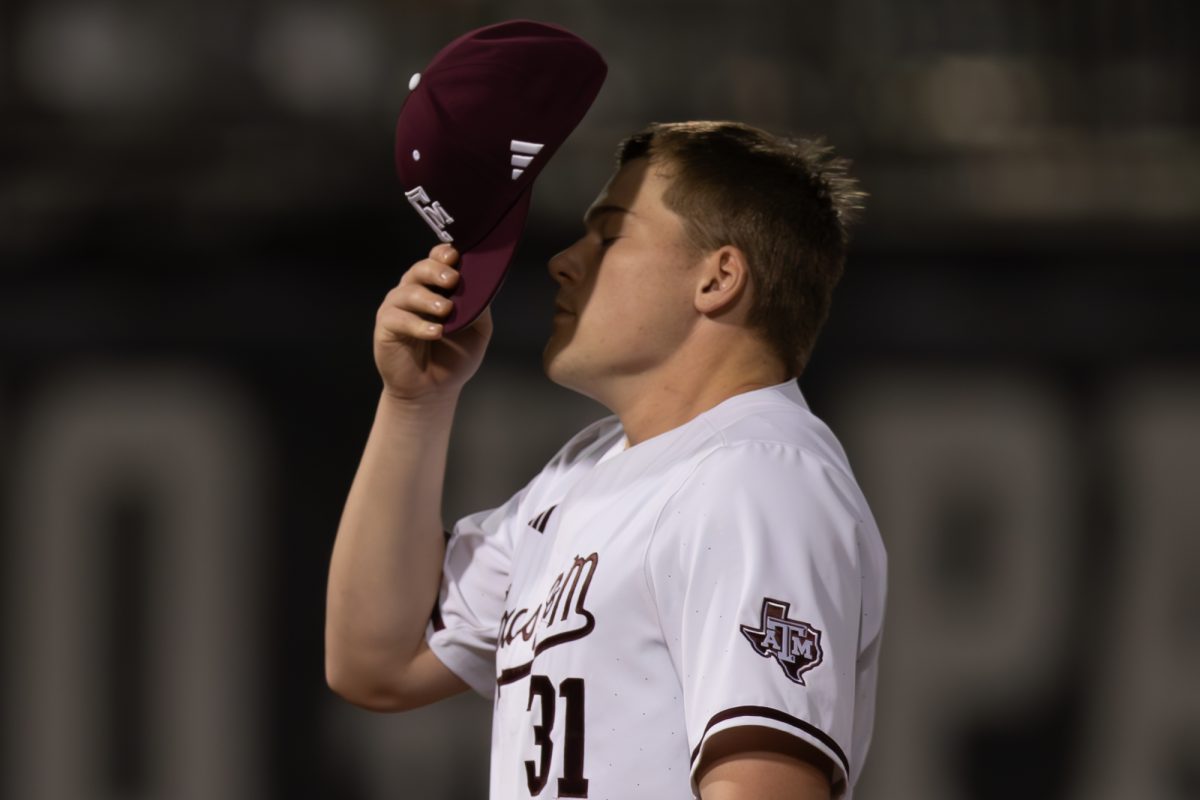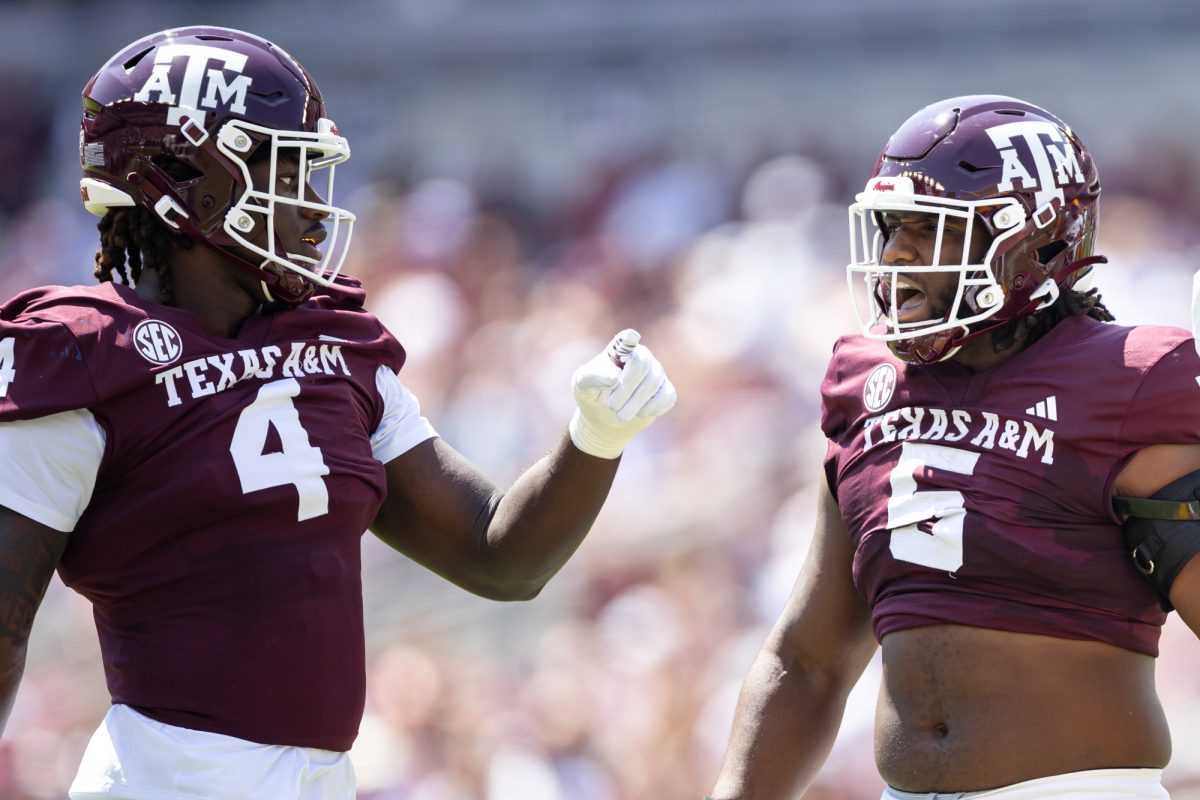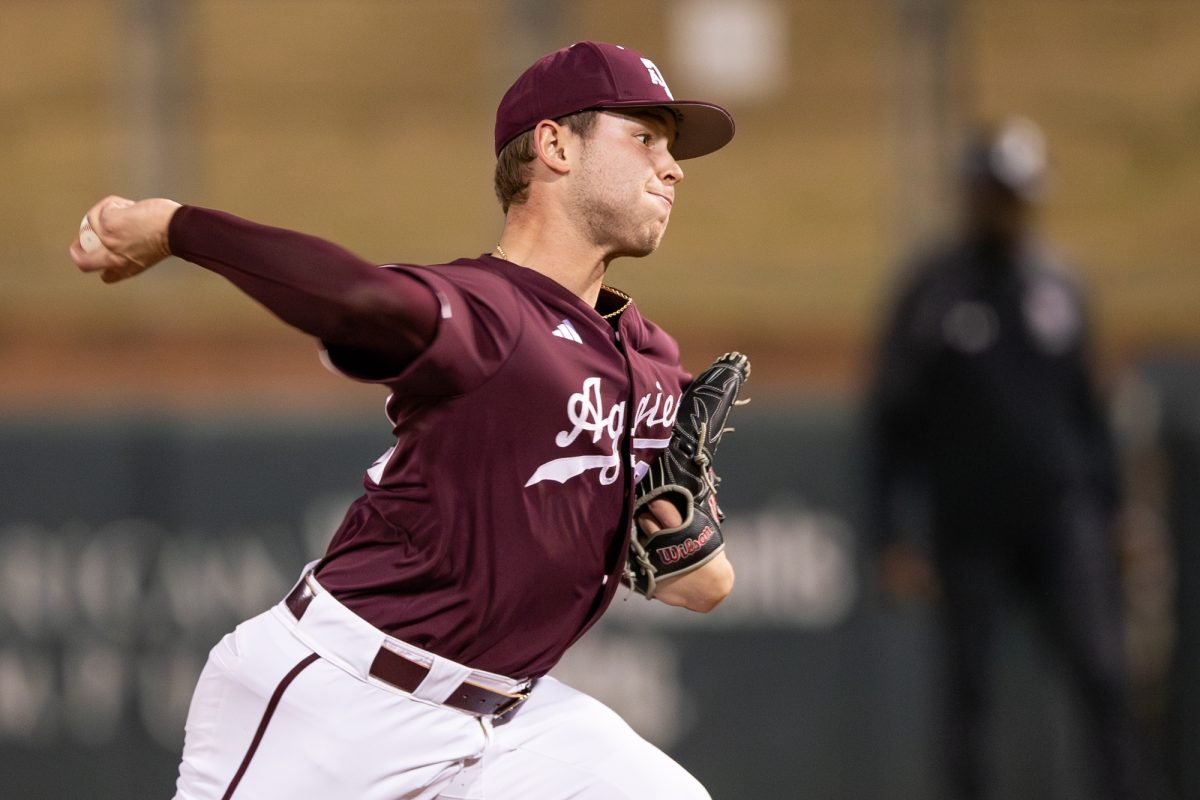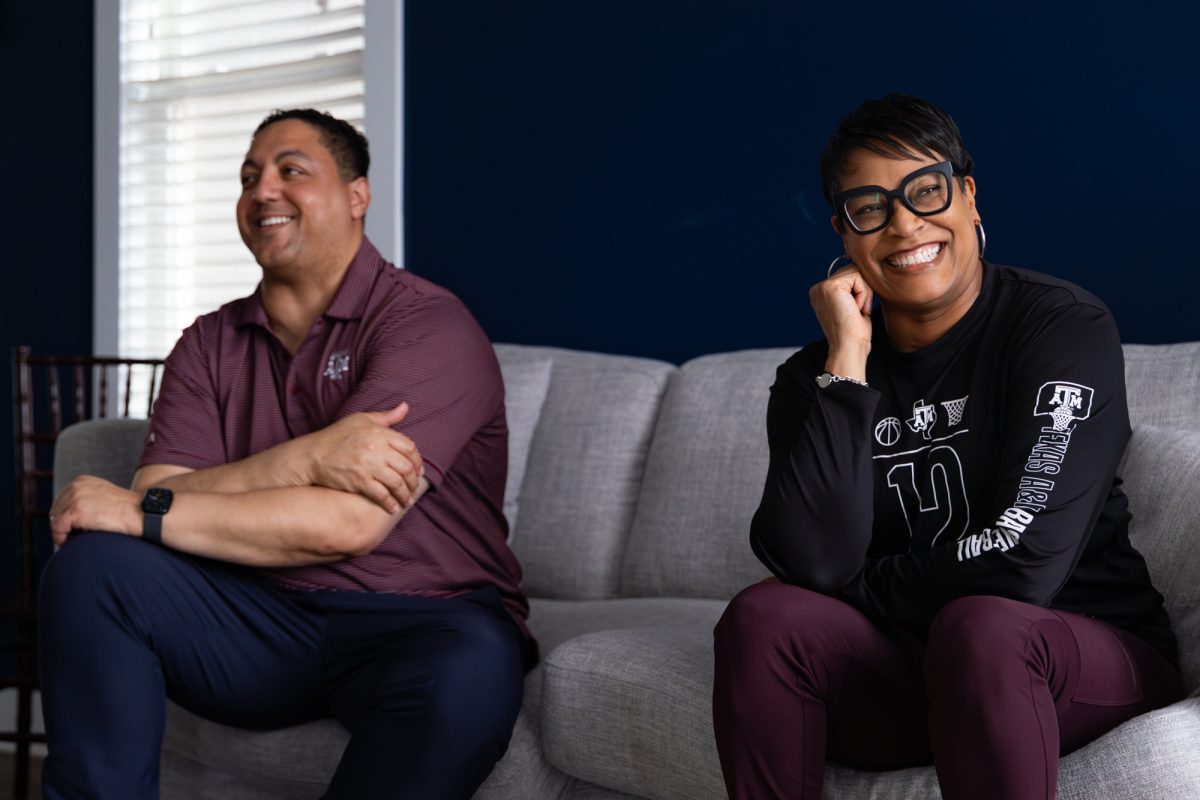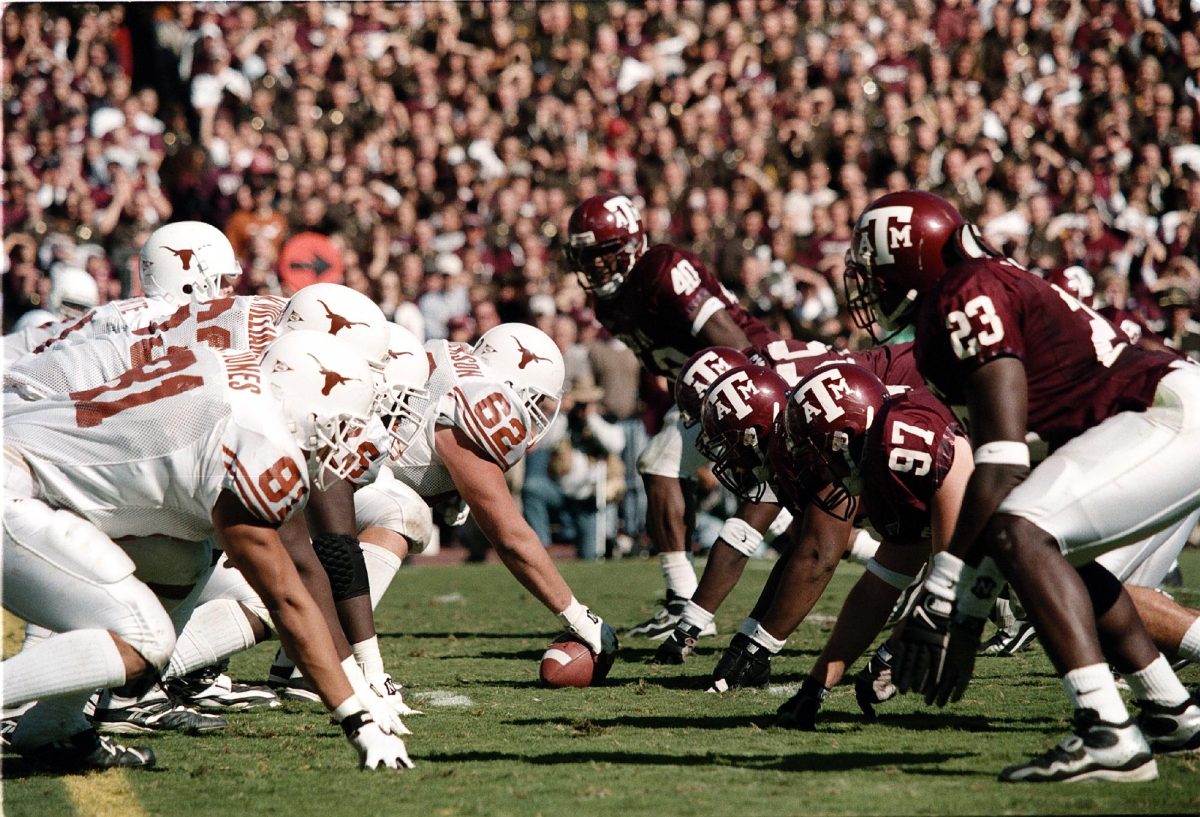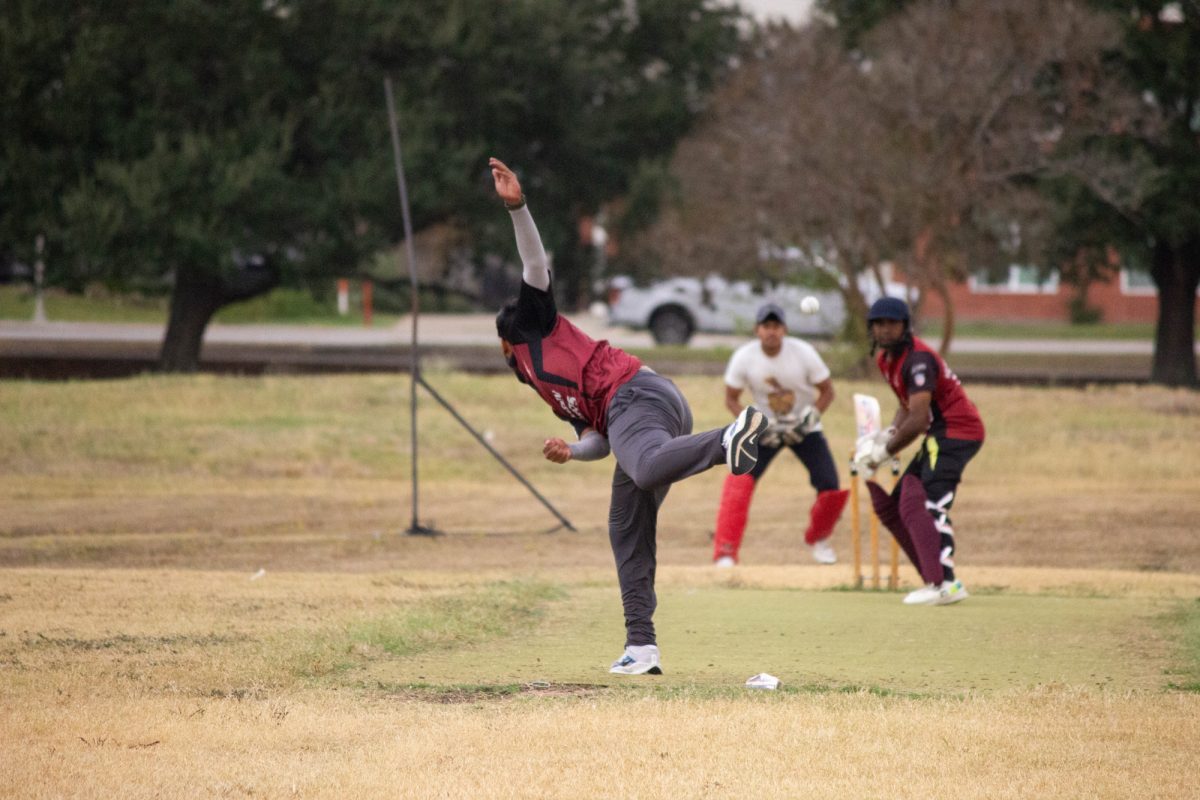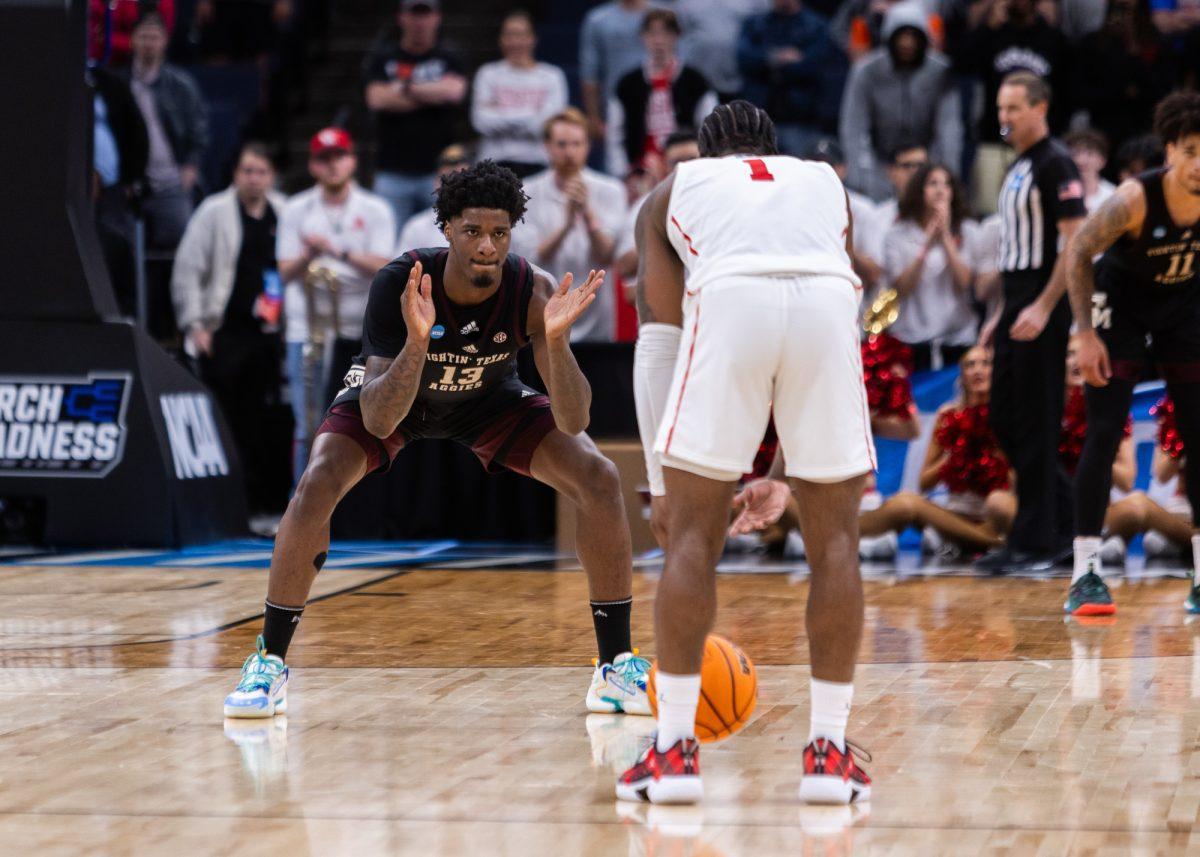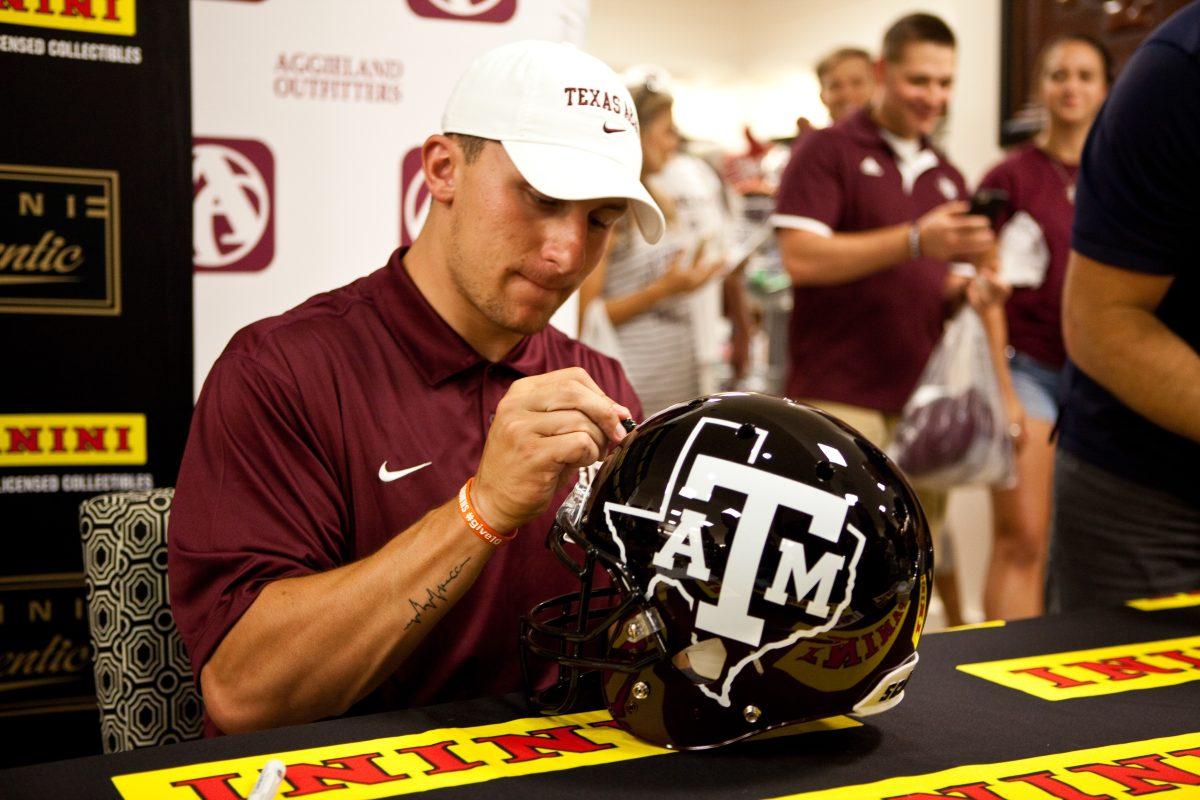On Monday, 12.3 million viewers tuned in to watch Iowa defeat LSU in the women’s March Madness Elite Eight. The game, starring Iowa’s senior guard Caitlin Clark, broke ESPN’s record for most-watched college basketball game, men’s or women’s.
The record stands as just one among many in the increasingly-popular world of women’s college sports. Last August, Nebraska’s volleyball team entered the Guinness book with the largest crowd at a women’s sporting event.
At Texas A&M in particular, women’s sports have been excelling. Women’s tennis has had back-to-back conference seasons without a loss in 2022-23. Softball has had its best start ever to SEC conference play ever this season, and soccer has the most conference championships at A&M in the last 20 years, Aggie soccer’s head coach G Guerrieri said.
“Our women’s teams here at Texas A&M are arguably our most successful teams,” Guerrieri said.
Yet, there are still some disparities between men’s and women’s sports — even here in College Station.
Andersen Williams, graduate forward and midfielder for the Aggie soccer team, was told when signing with A&M that the program would be receiving a new facility.
“Our facility is definitely next up to be redone,” Williams said. “It’s been promised to us for a while, so that’s kind of sucky.”
Aggie soccer has played at Ellis Field since 1994 when the complex opened. Their program began one year prior in 1993 with Guerrieri, who still leads the squad today.
Guerrieri reflected on the beginning of the soccer program at A&M when the university’s club women’s soccer team was promoted to compete at the collegiate level. The players in 1993 just wanted equality, Guerrieri said.
The players who began the Aggie soccer program wanted to eat at the dining hall for athletes and have access to tutors, trainers and nutritionists.
“I think from that point on we’ve just tried to continue to fight to do whatever we could to make it to where our women would be treated on equal footing,” Guerrieri said.
Williams’ time with the program will likely expire before the new complex will be completed — or even started.
“Probably not when she’s here,” Guerrieri said. “It’s unfortunate that it takes a long time for glaciers to move.”
While soccer is some time away from a new facility, Aggie softball recently got Davis Diamond. Previously, the team played at the Aggie Softball Complex from 1994 until 2018.
“I think softball has got a pretty nice facility,” Guerrieri said. “They’ve been able to bring their stuff up to the same level as what baseball has.”
However, softball’s head coach Trisha Ford doesn’t want to stop at “pretty nice.” She wants to see outfield seating at Davis Diamond.
“I think the better product we put out, the more people will come,” Ford said.
Now in her second season leading Aggie softball, Ford produced the best start to conference play this year since A&M joined the SEC in 2012. Even with the impressive product that softball puts out on the field, there are still inequalities in how they are treated versus the baseball team.
Thinking back to a time of unfairness, graduate pitcher Shaylee Ackerman said she thought ‘that shouldn’t happen’ on an occasion with a male sport.
“We had a signing opportunity with baseball,” Ackerman said. “There was one instance where we got thrown outside, and it was during the winter time. We were outside, and the boys were inside.”
Guerrieri said when colleges aren’t actively thinking of improving female athletes and their sports, it won’t get done.
“Unless you’re really putting some conscious thought into it, things can go unattended,” Guerrieri said.
Aggie women’s tennis has been one of the most consistently excellent sports on campus, and Mitchell Tennis Center has never exceeded its capacity. With the ability to seat 3,000 people, the record attendance was 2,339 for a men’s match in 2002.
The attendance at women’s sports is inconsistent with their men’s counterparts, Williams said.
“The student body puts a higher emphasis on the male sports,” Williams said. “Basketball, for example, if you look at the attendance for the male basketball games versus the female basketball games, it’s very different.”
As back-to-back SEC season champions, women’s tennis has not gotten the respect they deserve, and they know it. A&M is home to junior Mary Stoiana, the No. 1 women’s singles player and half of the No. 4 doubles duo in the nation.
“Women’s tennis isn’t as popular as other sports,” junior Jeanette Mireles said.
Mireles said she would like to see more attendance and appreciation for the women’s tennis team, and she isn’t the only person in the athletic department who would like an increase in attendance.
Jamie Morrison, head coach of the Aggie volleyball team, said even though interest in volleyball is growing, he would like to see it more at A&M in particular.
“I want to have 7-9,000 people at every single one of our volleyball matches,” Morrison said.
Morrison’s sophomore opposite hitter Logan Lednicky believes that the program has excelled under Morrison’s guidance.
“I think just from year one to year two as volleyball players we got tremendously better, and I think it’s only going to go up from there,” Lednicky said.
Lednicky said volleyball is growing nationwide and getting on more people’s radars. The statistics back her up as well.
Nebraska’s volleyball program set a world record in August 2023 for the largest crowd at a women’s sporting event with 92,002 in attendance, according to ESPN. The match in August of 2023 was held at the school’s football facility Memorial Stadium, which can hold about 15 thousand fewer fans than A&M’s Kyle Field.
“I do have hopes [for a game in Kyle Field],” Lednicky said.
Morrison said he plans to sit down with new athletic director Trev Alberts soon. Alberts was most recently the athletic director for the University of Nebraska. With the Cornhuskers, Alberts was able to make their volleyball program the only profitable one in the country, Morrison said.
“I would love that to happen here where we’re getting to add to the success of other sports,” Morrison said.
A&M’s men’s sports are bringing in the most funding. In a 2017 Texas Tribune article, the total revenue for men’s sports at A&M was $130,991,248 while women’s sports brought in $25,313,665. Morrison said it isn’t impossible for female sports to do the same; however, he said the women’s programs need the chances to succeed in order to add to the earnings.
“I mean, in general, male sports are going to bring in more revenue and whatnot, which is totally understandable, but I think overall just having the equal opportunity [is key],” Ackerman said.
The differences between male and female sports at A&M are obvious, Morrison believes. They aren’t always equal, but sometimes they are equitable and necessary. For example, the Aggie football program.
“There’s a giant football field across the street right now, but that is the engine that drives this university to some extent,” Morrison said.
Don’t knock it till you try it, Ford said. She noted that she hasn’t had someone come to a softball game and not think about getting season tickets.
“I just think the more that we can expose our sport and sports in general — the female sports — the more people will understand,” Ford said.




